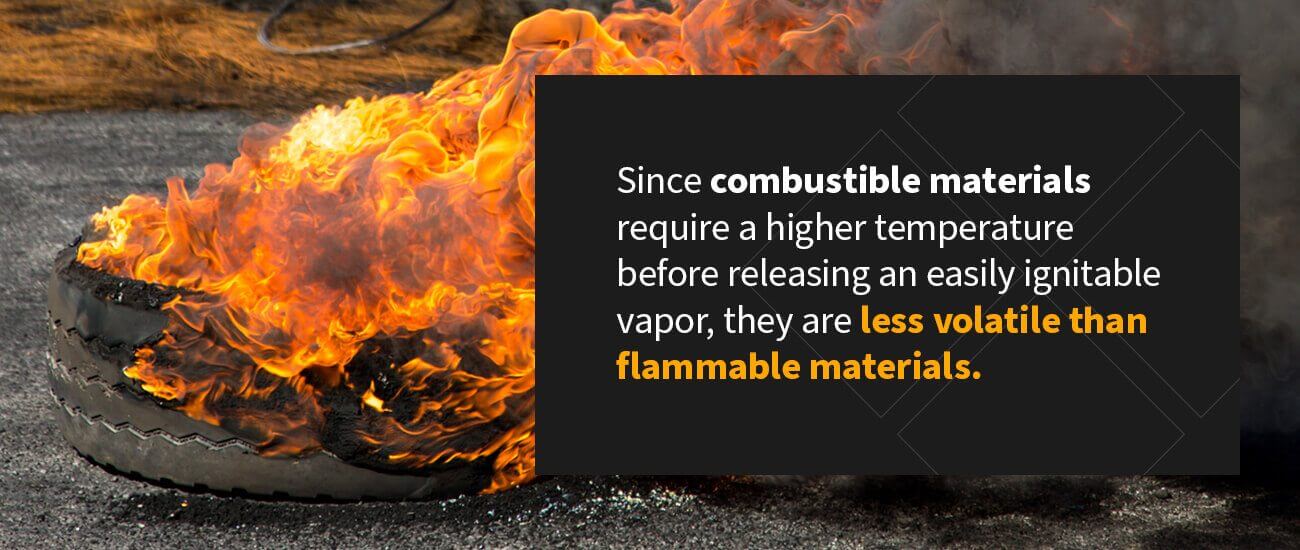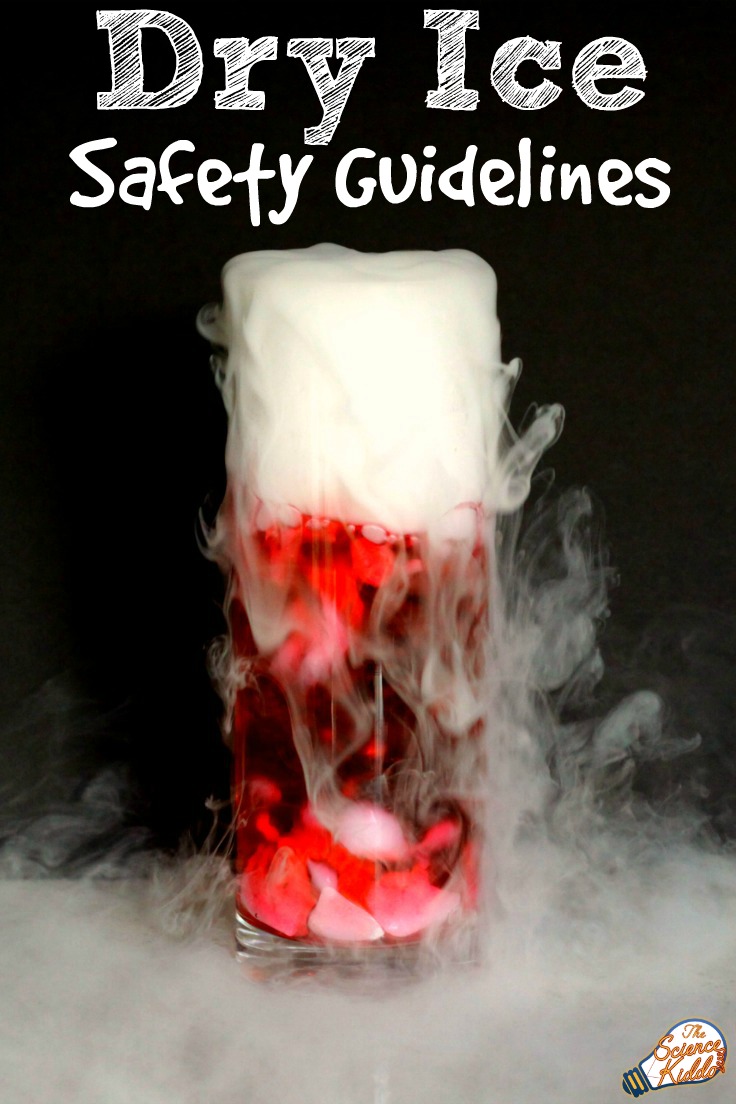Can You Put Glass in the Freezer Safely? The Answer May Surprise You!
– Glass containers are a good choice for freezing food
– Glass containers are odor and stain resistant
– Glass containers can go in the microwave, oven, and dishwasher
– Glass containers are not porous like plastic
– Glass containers should be durable and labeled as freezer safe
– Cooling food before freezing can prevent thermal shock and bacterial growth
– Glass containers with silicone-lined lids provide an airtight seal and prevent freezer burn
– Wide-mouth, straight-sided mason jars can be used for freezing
– Leave space at the top of mason jars to allow for expansion
– Avoid using glass containers with cracks or damage
– Thaw food at room temperature or in the refrigerator before putting it in the oven
– Glass containers should be slowly warmed when taken out of the freezer
– Thermal shock can cause glass to crack or shatter
– Check for cracks or damage in glass containers before freezing
– Leaving a gap at the top of mason jars is important for preventing freezer burn
– Pyrex containers with rubber lids are suitable for freezer use
– Drinking glasses can be put in the freezer for a short period of time
– Leave space between containers to prevent them from bumping into each other


